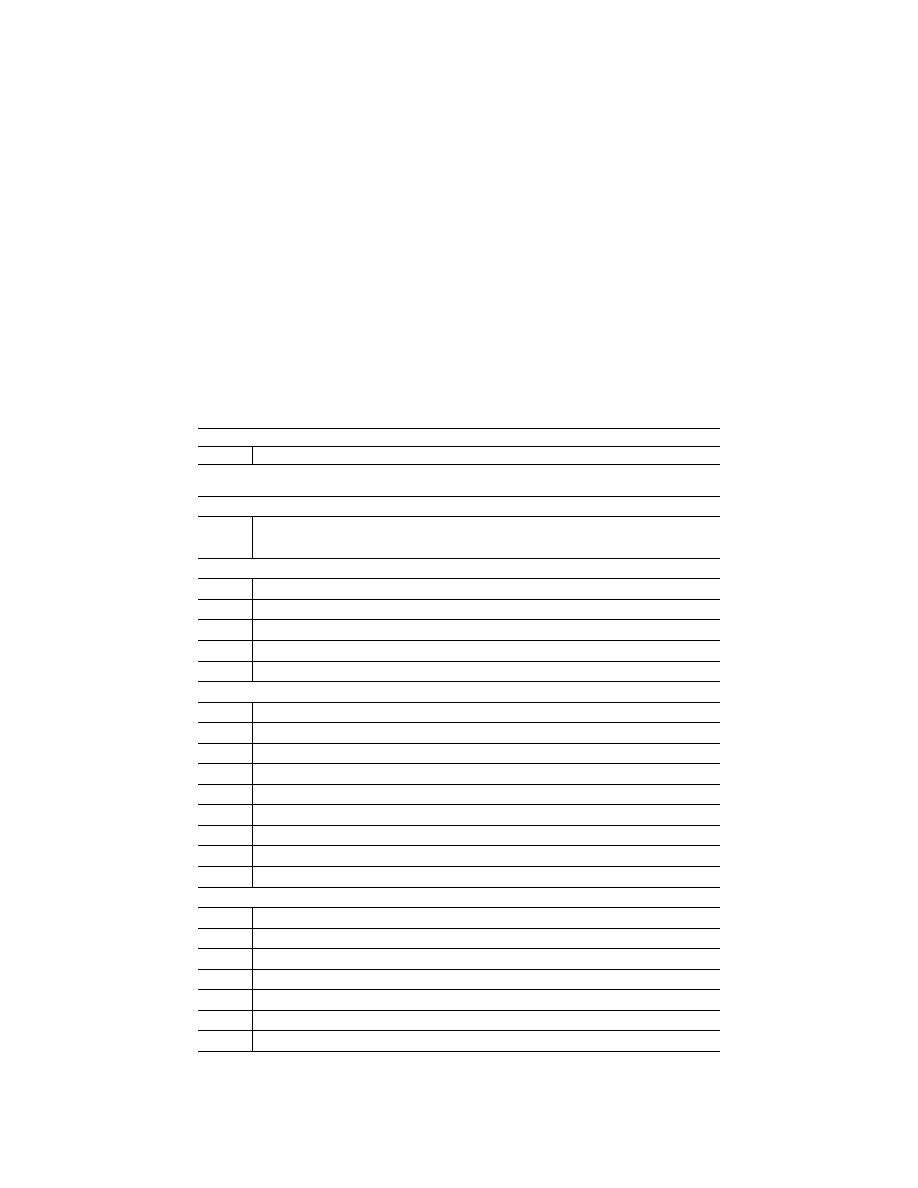
285
Federal Aviation Administration, DOT
Pt. 60, App. B
navigation systems (including inertial navi-
gation systems, global positioning systems,
or other long-range systems) and the associ-
ated electronic display systems will be eval-
uated if installed. The NSP pilot will include
in his report to the TPAA, the effect of the
system operation and any system limitation.
c. At the request of the TPAA, the NSP
Pilot may assess the FTD for a special as-
pect of a sponsor’s training program during
the functions and subjective portion of an
evaluation. Such an assessment may include
a portion of a specific operation (e.g., a Line
Oriented Flight Training (LOFT) scenario)
or special emphasis items in the sponsor’s
training program. Unless directly related to
a requirement for the qualification level, the
results of such an evaluation would not af-
fect the qualification of the FTD.
E
ND
I
NFORMATION
lllllllllllllllllllllll
T
ABLE
B3A—T
ABLE OF
F
UNCTIONS AND
S
UBJECTIVE
T
ESTS
L
EVEL
6 FTD
QPS requirements
Entry No.
Operations tasks
Tasks in this table are subject to evaluation if appropriate for the airplane system or systems simulated as indicated in the SOQ
Configuration List as defined in Appendix B, Attachment 2 of this part.
1. Preflight
Accomplish a functions check of all installed switches, indicators, systems, and equipment at all crewmembers’
and instructors’ stations, and determine that the flight deck (or flight deck area) design and functions replicate
the appropriate airplane.
2. Surface Operations (pre-takeoff)
2.a. ............
Engine start:
2.a.1. .........
Normal start.
2.a.2. .........
Alternative procedures start.
2.a.3. .........
Abnormal procedures start/shut down.
2.b. ............
Pushback/Powerback (powerback requires visual system).
3. Takeoff (requires appropriate visual system as set out in Table B1A, item 6; Appendix B, Attachment 1.)
3.a. ............
Instrument takeoff:
3.a.1. .........
Engine checks (e.g., engine parameter relationships, propeller/mixture controls).
3.a.2. .........
Acceleration characteristics.
3.a.3. .........
Nosewheel/rudder steering.
3.a.4. .........
Landing gear, wing flap, leading edge device operation.
3.b. ............
Rejected takeoff:
3.b.1. .........
Deceleration characteristics.
3.b.2. .........
Brakes/engine reverser/ground spoiler operation.
3.b.3. .........
Nosewheel/rudder steering.
4. In-Flight Operations
4.a. ............
Normal climb.
4.b. ............
Cruise:
4.b.1. .........
Demonstration of performance characteristics (speed vs. power).
4.b.2. .........
Normal turns.
4.b.3. .........
Demonstration of high altitude handling.
4.b.4. .........
Demonstration of high airspeed handling/overspeed warning.
4.b.5. .........
Demonstration of Mach effects on control and trim.
VerDate Sep<11>2014
16:30 Jun 25, 2019
Jkt 247047
PO 00000
Frm 00295
Fmt 8010
Sfmt 8002
Q:\14\14V2.TXT
PC31
kpayne on VMOFRWIN702 with $$_JOB